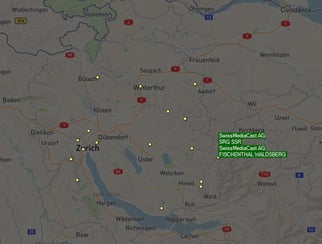Tactical EMCON Risks – Spectrum Dominance & the US Army Field Manual 3-0 Operations
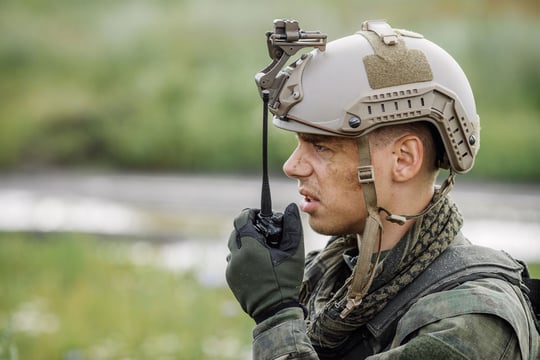
On October 11th, 2022 the US Army published its latest core doctrine, Field Manual 3-0 Operations. A transformational document that accounts for the multi-domain environment in which the US Army must operate. Key to this doctrine is the awareness that units must “account for constant enemy observation,” observation which includes electronic surveillance and SIGINT. As global EMCON experts, we look at how CRFS solutions can support this doctrine to assist Army training centers, tactical units, and test ranges in helping them train Army forces (Division to Squad) and evade enemy electronic observation.
Army Field Manual FM 3-0 Operations (October 2022)
Para 3-65. Because Army forces employ an increasing number of capabilities that emit electromagnetic radiation that enemies can target, leaders must apply emission control measures, balancing the risks to the force with the risks to the mission. As risk to the force increases, leaders increase their emission control measures. There may be times that the risk of friendly emissions being detected and targeted is assessed as too high, causing Army forces to use methods of communications with no electromagnetic signature…
Read the reference here.
We parsed the key EMCON risks identified within FM 3-0 into 3 risk groups. Under each risk, the CRFS solutions help to mitigate/train the force are highlighted. Below is Part 1, the Tactical EMCON Risk Group. Next week, Part 2 will cover the Geolocation Risk Group, and Part 3 will wrap up with the Deep Signal SIGINT Risk Group.
Tactical EMCON Risk Group
The following are six FM 3-0 identified risks grouped together around the idea of Tactical EMCON. These are specifically important for individual radio operators who must communicate under the threat of enemy EW/SIGINT systems.
Minimizing length and frequency of radio transmissions.
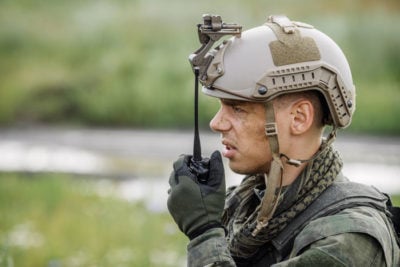
The longer you’re broadcasting the more likely your transmission will be detected. On training exercises, RFeye Nodes and Site Software can be deployed so soldiers can capture transmission length/frequency, even on frequency hopping and burst signals. This data can be reviewed post-exercise for rapid debrief and lesson learning. To go deeper into friendly signal characteristics, the new SenS Remote or SenS Portable, our 100MHz I/Q capture solutions, can record for hours, covering an entire exercise. It enables you to see exactly what a tactical field radio looks like to an enemy SIGINT operator.
Using lowest effective power settings.
Are your soldiers always setting their radios to full power? Doing this means that a signal could travel easily into an enemy’s SIGINT coverage. Using Site’s RF propagation tools, operators will see how far their signals will travel and how easily receivers, like RFeye Nodes, could pick them up. Therefore, instructors can use CRFS RF Propagation tools at schoolhouses and early in the training cycle to highlight the benefits of lower power settings.
Example of modelling a 700MHz tactical radio within RFeye Site Software. The RFeye Node (in RED) is placed on an alpine mountain peak simulating an enemy SIGINT Station. Left image shows where the Node would observe Tactical Radio with a 3-meter-high antenna at 20 dBm. Center image shows modelling if the radio increased power to 60 dBm and transmitting antenna raised to 10 meters high. The yellow area indicates good detection and a high likelihood the radio will be seen on a spectrum display; green is poor detection and blue is very poor. We also have the elevation overlay image as a reference (right image)
Establishing and enforcing the primary, alternate, contingency, and emergency (PACE) communication plan.
When primary communications become unavailable, you’ll need a backup, which is exactly why PACE plans are cental to operating in contested environments. Tactical Communicators can import their “PACE” plan (and the greater Joint Restricted Frequency List, JRFL) into RFeye Site using markers and then set customs masks to trigger and alert on incorrect communications. Instructors can then observe proper switching between PACE channels when jamming occurs.
Easily input spectrum plans, like the JFRL (Joint Restricted Frequency List) into RFeye Site (left Image) and correlate frequency assignments geographically (right image)
Using brevity codes, pro-word execution matrices, and communications windows.
Brevity codes and procedure (pro) words are designed to make voice communications clear, concise, and unambiguous. This in turn keeps transmission times short. To monitor correct usage, Instructors could sit over a radio and listen to each communication (very manpower intrusive), or they can set RFeye Site to record each unencrypted conversation across a range of narrowband frequencies. This automation enables instructors to listen later to saved files to see if proper brevity codes/pro-words are used, freeing them up to conduct other training tasks. Time-stamped captures also allow for communication windows to be verified.
Using proper encryption and equipment configuration.
CRFS works with a number of third-party decoding software to ensure proper encryption of land/professional mobile radios (TETRA, DMR, P25) and other encrypted communications. If the encryption is wrong, it could be noticed. Again, the ability to create a “blue force signal library” can ensure proper equipment configuration is tested in garrison before going “outside the wire.”
Recognizing and reporting jamming of Global Positioning System, radar, and satellite communications.
There are several types of jamming, but commonly a jammer will operate at a higher power level than the targeted transmitter. Within RFeye Site, this makes detecting, geolocating, and reporting jamming simple by using the inherent mask, trigger, and alarming functions. In addition, the GNSS feed from each RFeye receiver can be automatically monitored, and an alert raised when there is GPS interference. All of this information can quickly populate the required Joint Spectrum Interference Report (JSIR) per CJCSM 3320.02E
Ready to Dominate the Spectrum?
Ready to see how CRFS can assist your unit or training range in implementing EMCON? Our solutions are TRL9 and easily procured through multiple DOD contracting pathways, both CONUS and OCONUS. Reach out to schedule a call with our experts by filling out the form below.
Zac George
Zac George is the International Business Development Manager for CRFS. He is a former naval Electronic Warfare officer and also has experience in digital decoding. He speaks regularly on EW and spectrum topics globally, and lives in Switzerland.
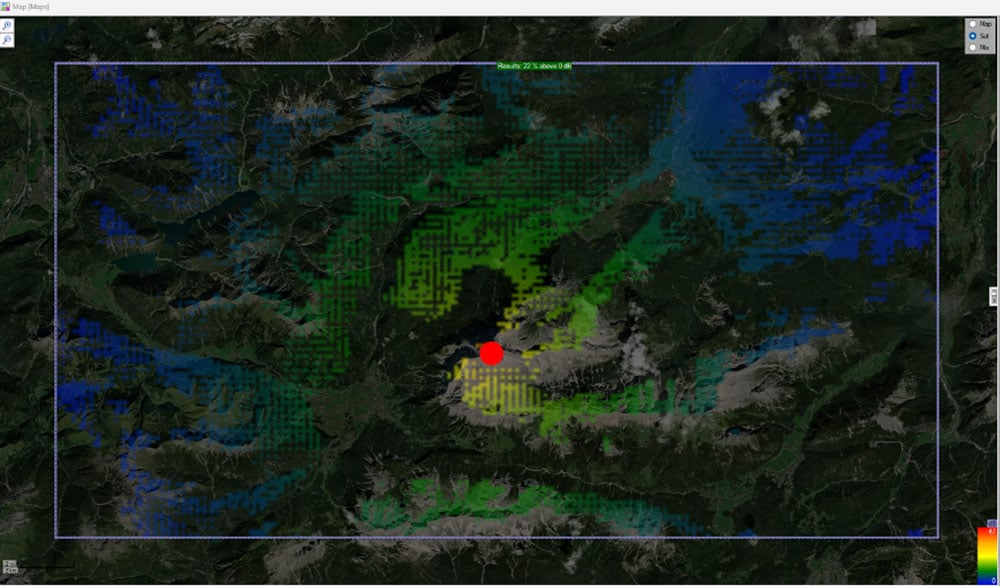
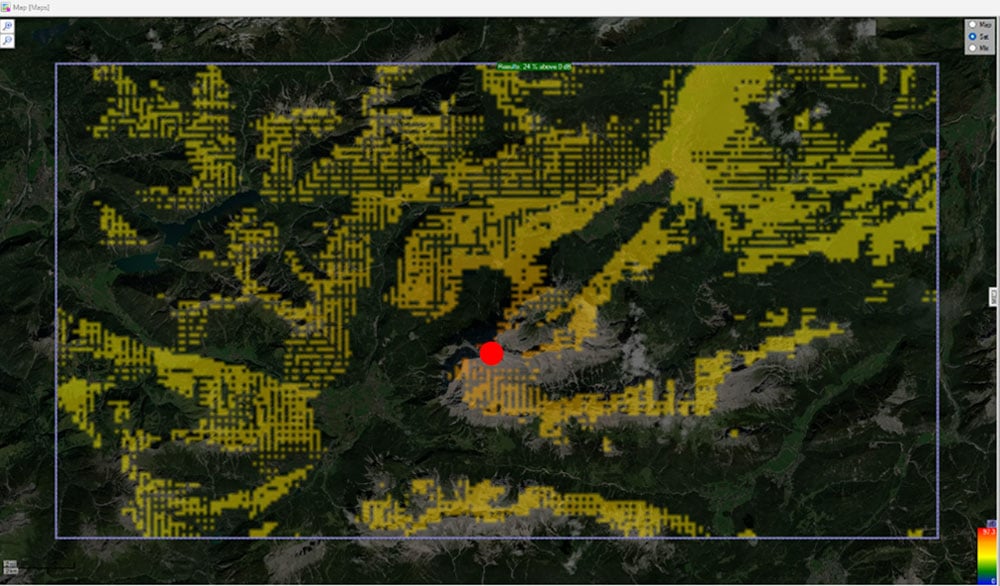
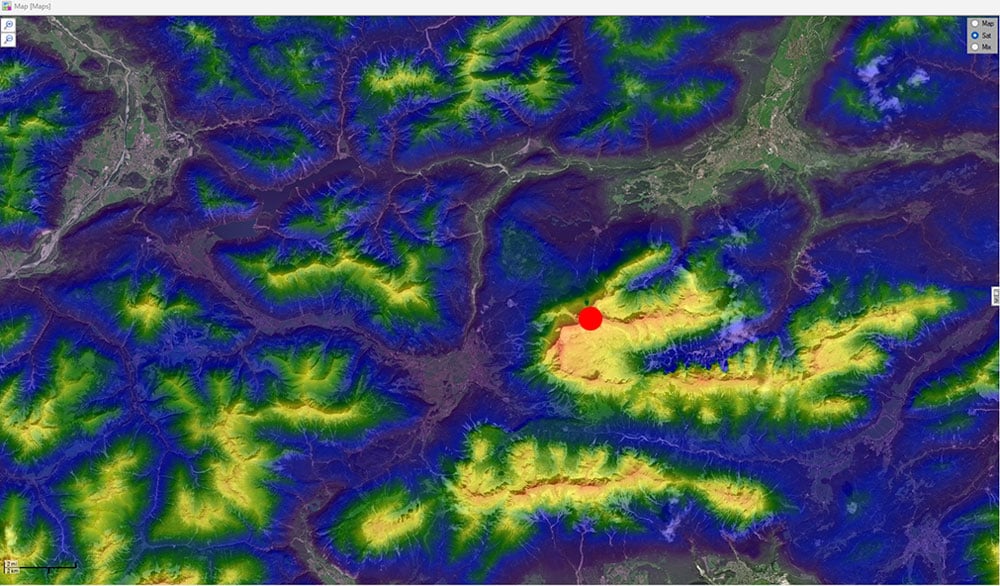
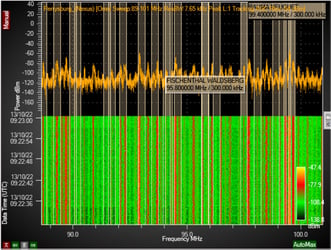 .
. 